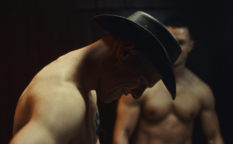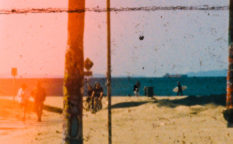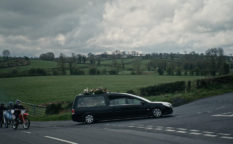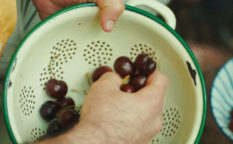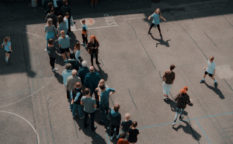Igor Drljača: I had to wait for the right story to shoot a documentary
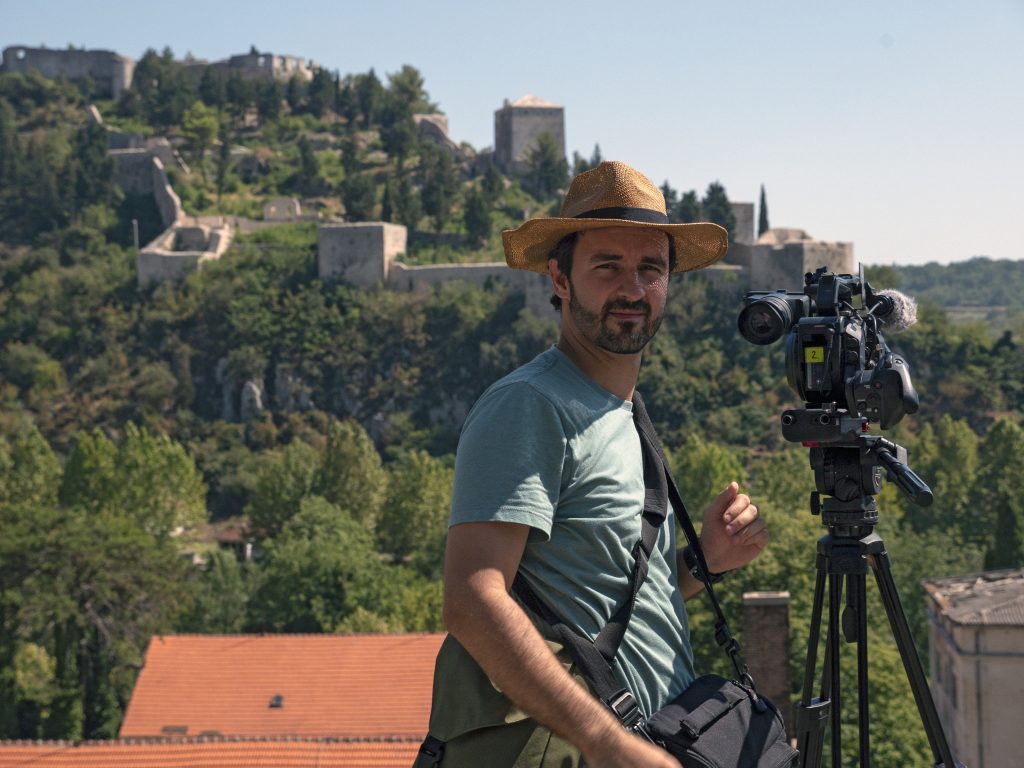
Igor Drljača was born in Sarajevo, Bosnia & Herzegovina in 1983 while it was still part of former Yugoslavia. After the war broke out, he left Sarajevo with his family in the summer of 1992, and spent the next year moving between Croatia, Austria and Serbia, before eventually settling in Toronto in 1993. His film journey began in the high school at 11th grade. Upon graduating at the film school at York University, his first few shorts, including Woman in Purple (2010) and especially the documentary The Fuse: or How I Burned Simon Bolivar (2011), influenced the hybrid approach he continued to develop in the subsequent work. The Stone Speakers is his first feature-length debut, and it premiered at the last year’s edition of Toronto International Film Festival, before hitting European audiences at Berlinale’s Forum and the regional at ZagrebDox this year.
You do both documentaries and fiction. How much of a documentary genre is there in your fiction titles?
My first two feature films were partially inspired by the biographies of the lead actors, in Krivina by Goran Slavkovic, and in The Waiting Room, by Jasmin Geljo. I wanted to partially blur the division separating the performer from the individual, and this hybridity is in part why the films borrow elements that are usually associated with the documentary genre. I was interested in the refugees that arrived from former Yugoslavia, many of whom have never found a footing in their adopted Canada. In both films, I was trying to capture the despair that many immigrants from Bosnia, and to some extent, Croatia and Serbia, felt in 1990’s during the collapse of Yugoslavia. To understand their despair, I also had to understand the mythology of Yugoslavia during the socialist period that these characters were holding on to.
Yet, The Stone Speakers is your feature-length documentary debut?
I had to wait for the right story and find the right approach before trying to make a feature length documentary. I was in a paradoxical situation while I was making the film since I was highly aware of how any narrative within the Bosnian & Herzegovinian context is ideological. I needed a formal strategy in which my point of view wasn’t going to dominate. I did not want to judge the narratives that were being promoted by each town, observing and listening to the ways in which the people on screen created meaning through these attractions instead.
Bosnia is your obvious source of inspiration, but you are not taking the road travelled by many by talking about the war and the consequences. You are searching for a story that is not war-related. How did you chose the exact places and particular narratives for your film?
I wouldn’t say the film is not war-related. I am interested in how the war has changed people and the landscape, and how ideology and narrative are used to continue and nurture this discord. This process appears inactive when done through seemingly innocent cultural gatherings or celebrations that reinforce a certain mythology, but it is very much active (even when subtle). While this is not a film about war, it can be argued that it is about the rituals that eventually permit us to wage war. We cannot really understand the cycle of violence until we begin to deconstruct the dominant forces that define these spaces.
Are there others? Are they as prominent as the ones that ended up in the film?
There are other tourist sites in Bosnia and Herzegovina that do this, but they do not have as much of a profile outside the country. The sites in The Stone Speakers were featured precisely because they receive a large number of international visitors. Tourists play a role in the maintenance of these sites, since there is an economic incentive to continue and sell the narrative. Often foreigners will visit these cities and be completely unaware of the ideology that benefits from the narrative being sold through the attractions they pay to see. This is not just true of Bosnia and Herzegovina, this is true of many tourist sites that commemorate a period, a person or an event throughout the world.
Is there a narrative that is common for the whole country, regardless of political divisions?
No, there is no common narrative, though that is not to say that one cannot emerge. This would be difficult though, since the education system in the country is purposefully segregated along ethnic lines in many communities. Maybe at a grass roots level something will emerge to change this.
What were your experiences while shooting? Were there problems? Did you dare to touch something you were not supposed to?
For the most part we were received well by everyone, and people in Bosnia and Herzegovina were very kind. The only instance where there was somekind of tension was in Višegard, which is in Bosnia’s smaller entity, the Serbian Republic. In Višegard, any discussion that became overly political or that referenced the war in the 90’s created considerable uneasiness and no one was comfortable even mentioning that period in front of the camera. Višegard was a predominantly Bosniak town before the war, and very few remained as the war there was very brutal. A state of fear is cultivated there, and the prevailing power structures in Republika Srpska are not interested in creating a space for a constructive discourse about many of the issues that need to be discussed. This same problem does exist elsewhere in Bosnia and Herzegovina, but it is more evident in this entity as there is less space for dialogue.
Style-wise, you use different techniques and mix them up. Some of the images are observational, some are poetic and there is a certain discontinuity between some of the shots of the people involved and their stories. Can you elaborate?
I wanted the landscapes and the sites to be the dominant element in the film, and I was interested in how these sites are contextualized by those promoting them. This approach allowed me to explore the tension that emerged between what the subjects are saying vs. what the space is telling us. Often, the two are at odds. I wanted to bring that into focus, and in doing so some of the poetic qualities emerged.
So, no talking heads?
I was looking for ways to let the landscape do most of the talking. The film is not interested in whether any of these ideologies and sites are right or wrong, it is interested in the ways that they are created, nurtured and contextualized.
What are your expectations regarding the further festival exposure and the reception at home and abroad?
The film is already creating some interesting reactions in the region as some journalists struggle to categorize what my ideology is, often wondering if I am a socialist or a nationalist etc. The idea that I am just interested in how this comes into focus is looked at with some suspicion.
Would you reveal a part of your plans for the future?
I will be shooting a film called Tabija in Sarajevo soon. I can’t say too much right now, but it might be a love story.

